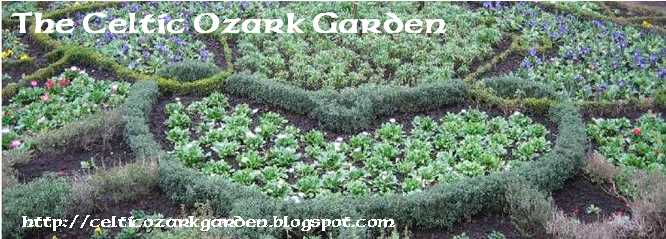I just read the greatest article in Mother Earth News. If you don’t read that magazine, you really should. It is a great source on how to grow food! Anyway, here is something I had never thought of: grow your own winter hardy veggies.
Now this will not work for the summer veggies like tomatoes and squash, but the cool weather veggies have a shot at this. It makes sense in that it is just natural selection, but here is how it goes.
Plant your fall garden as usual. Harvest the product like normal, but leave just a bit on each plant. The ones that survive a serious freeze are the seeds you want to save. Isn’t that the most incredible and simple idea? I love it. The whole article is great but here is the link to the specific section I referenced: http://www.motherearthnews.com/organic-gardening/fall-garden-zm0z11zmat.aspx?page=5
Good luck on your fall garden; we have had a rugged time with our summer garden this year. We moved just at the beginning of the garden season and then we had horrible heat. You just can’t water enough when it is 114°F to make plants happy. In fact tomatoes will not set blossoms at that temp. So I am really looking forward to fall.
It is finally getting cool enough to plant the fall crops; it takes awhile for the soil to cool off enough to make the broccoli and spinach happy. We now live far enough south, that I can plant cool weather crops in late August or early September.

